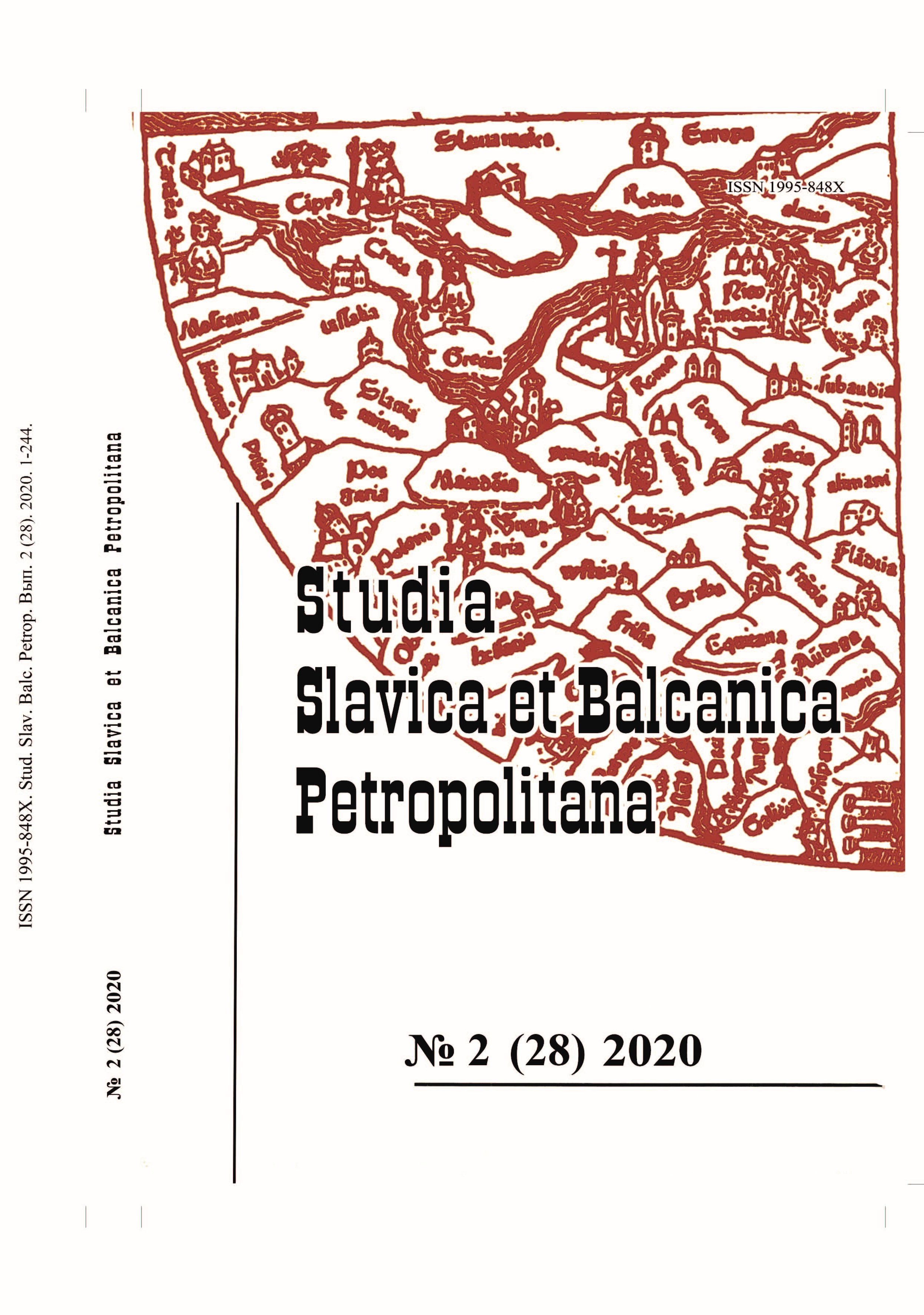Лифляндский крестьянин — богатый или бедный?
Is the Livonian peasant rich or poor?
Author(s): Gvido StraubeSubject(s): Economic history, Local History / Microhistory
Published by: Издательство Исторического факультета СПбГУ
Keywords: Livonia; Swedish Kingdom; history of the Baltics; economic history; peasantry; manor; land revisions;
Summary/Abstract: For a long time, the dominant opinion in the historiography was that the situation of the peasants in Livonia and later in Vidzeme in the 17th–18th centuries was steadily worsening year by year. But analysis of the information on the peasant households in the so called Hackenrevision of the 17th and 18th century. It shows that the situation was more complicated. If we compare the data of 1624, 1730, 1750–1751 we can see the following tendencies. There is a quantitative growth of all indicators of prosperity of the peasantry. The number of cattle, horses and workers per household increased several times (from one or four in 1624 to 12 at the maximum in the 18th century). A horse was important for field work, and the more horses in a farm, the more effectively the work was organized, the easier it was to allocate resources to carrying the barch, the horses could rest after hard work. In addition, a large number of horses on a farm already indicated a certain well-being, when they were kept not only for work, but also for prestige and representation. Increased numbers of cows helped to improve the diet of families and servants (increasing the proportion of meat and dairy products in it) as well as raising the sales of dairy products in the market. A larger number of cows enabled more abundant fertilisation of the fields, thereby increasing their productivity. The increase in the number of able-bodied people on the farms indicates an increase in the demographic indicators. The farm could provide a normal life for more people. The bigger the labour force, the higher the economic potential of the farm. More land could be farmed, more livestock could be kept, more food could be provided, and it was easier to fulfil one’s obligations to the landowner. All this shows that the thesis about the worsening of the situation of the livonian peasants in the 17th–18th centuries is not supported by the sources. On the contrary, growing prosperity meant that the farmstead owner could afford to do less physical work and pay more attention to farm organization. This developed his mental capacities.
Journal: Петербургские славянские и балканские исследования
- Issue Year: 2020
- Issue No: 2 (28)
- Page Range: 36-45
- Page Count: 10
- Language: Russian

